Frederica Freyberg:
Continuing legal skirmishes in the state’s current John Doe probe into possible illegal campaigning turned up new information this week. A court of appeals order relating to the secret investigation revealed Governor Scott Walker’s lawyer was among those named in the order, and reveals eight unnamed parties are subjects of the secret probe.
Over the past 20 years, Indian casinos have popped up across Wisconsin, many with full parking lots both day and night. The industry nets $1 billion of revenue each year for tribes and has been the focus of a series of recent investigative reports, “Doubling Down: The Great Divide in Indian Gaming.” It’s produced by Gannett Wisconsin Media in partnership with the Wisconsin Center for Investigative Journalism. John Ferak is the lead investigator with Gannett. He joins us now from Appleton, and thanks very much for doing so.
John Ferak:
Thanks for having me.
Frederica Freyberg:
Well, I’ve got to say that the reports that I’ve read so far have been just excellent, and you cap it off on Sunday, March 9 with a look ahead at changes in Indian gaming that could be coming. Now, was that the impetus for this close look at Indian casinos in Wisconsin?
John Ferak:
We actually decided to kind of look at it from a standpoint of the evolution of the industry, really, how it’s changed over the last 20 to 25 years from the days of bingo halls and individuals walking around with buckets of quarters, to really where is the industry going over the next 10, 20, 25 years and stuff like that.
Frederica Freyberg:
Well, now, as you said in a column kind of talking about this series of reports, Indian gaming has become a key fabric in Wisconsin’s entertainment culture. But how much do non-tribal residents really know about the origins and impacts of Indian gaming in Wisconsin?
John Ferak:
It’s hard for people to really understand and grasp that. With the way that the compacts were set up with the state, there’s a lot of secrecy and a lot of that information is deemed confidential and privileged. So really the best way to obtain that information really is through the federal government, through public records requests. And that’s really how our reporters were able to track down a lot of information that at least shines a light and gives us a better understanding as far as where the money is used and just how much money some of the tribes are able to take in.
Frederica Freyberg::
Well, in fact one thing that is abundantly clear in your reporting is that Indian gaming hasn’t made every tribe rich. For example, your reporting showed that enrolled members of the Potawatomi receive $80,000 a year in individual payments, while Menomonee members received $74. Now, how does that reality play into the placement of the– potential placement, of the Kenosha casino?
John Ferak:
That’s a very good question. I’m glad you brought that up. It’s very important for the Potawatomis if the Kenosha casino materializes. That’s to go to have a major impact for all 1400 members as far as the per capita payments. They would stand to go down. Potawatomi estimates that definitely the addition of a Kenosha casino would have a substantial negative impact on their overall revenues from their Milwaukee and their Carter casinos. So it would definitely have a negative impact. The Menomonee take a different approach, though. They are not big fans or big proponents of the per capita payment system. And that’s traditionally why their payments are very low, in the $75 range right now.
Frederica Freyberg:
That’s true. Now, what could that Kenosha casino mean to the Menomonee, though?
John Ferak:
They’re looking– long term it would be very beneficial for them from the standpoint of revenue. I think they’re looking several years down the road it could generate as much as $300 million in annual revenue for them. But it also would be able to make a major impact as far as helping with health care and just other educational opportunities, other economic development possibilities for members of their tribe. That’s really the big driver for them on that project.
Frederica Freyberg:
Now, are those kind of the respective sides then of the placement of this casino in Kenosha, that it would cut into Potawatomi business but presumably enrich the Menomonee?
John Ferak:
Very much so. And that’s why we've seen the divide right now as far as just with this whole issue still being unsettled right now with Governor Walker not making a decision yet. There’s really a lot of back and forth as far as who would benefit if this Kenosha casino materializes. Obviously, that would be the Menomonee tribe, and several of the other tribes are lining up against it just for that reason. It would cut into their profits and could transfer customers to different areas.
Frederica Freyberg:
What was the most surprising thing your team of reporters has discovered about Indian gaming while digging deep in this way?
John Ferak:
The per capita payments, I think, is probably the biggest so far. Just the fact that there’s such a great divide, as you mentioned, with the $75 per — roughly the $75 average that the Menomonee distribute versus the $80,000 payment that would be the average for the Potawatomi. And the fact that there’s just– There’s no universal right way or wrong way to do the per capita payment. Some tribes are in favor of them. Some are not. Some give $1,000 a year. So there’s just this very big divide and there’s just no one way to do it. So that’s probably the biggest eye-opener, I think, for our team of reporters, and for readers as well.
Frederica Freyberg:
All right. John Ferak, thanks very much. We send our viewers to look at the pages of your newspapers to look at this excellent series of reports. Thanks.
John Ferak:
Thank you for having me.
Frederica Freyberg:
The state Department of Administration this afternoon announced Governor Walker has joined with the Menomonee tribe to request a 180-day extension to continue consideration of the Kenosha casino proposal. The extension would give the governor until February of next year to decide.
Search Episodes

Donate to sign up. Activate and sign in to Passport. It's that easy to help PBS Wisconsin serve your community through media that educates, inspires, and entertains.
Make your membership gift today
Only for new users: Activate Passport using your code or email address
Already a member?
Look up my account
Need some help? Go to FAQ or visit PBS Passport Help
Need help accessing PBS Wisconsin anywhere?

Online Access | Platform & Device Access | Cable or Satellite Access | Over-The-Air Access
Visit Access Guide
Need help accessing PBS Wisconsin anywhere?

Visit Our
Live TV Access Guide
Online AccessPlatform & Device Access
Cable or Satellite Access
Over-The-Air Access
Visit Access Guide
 Passport
Passport


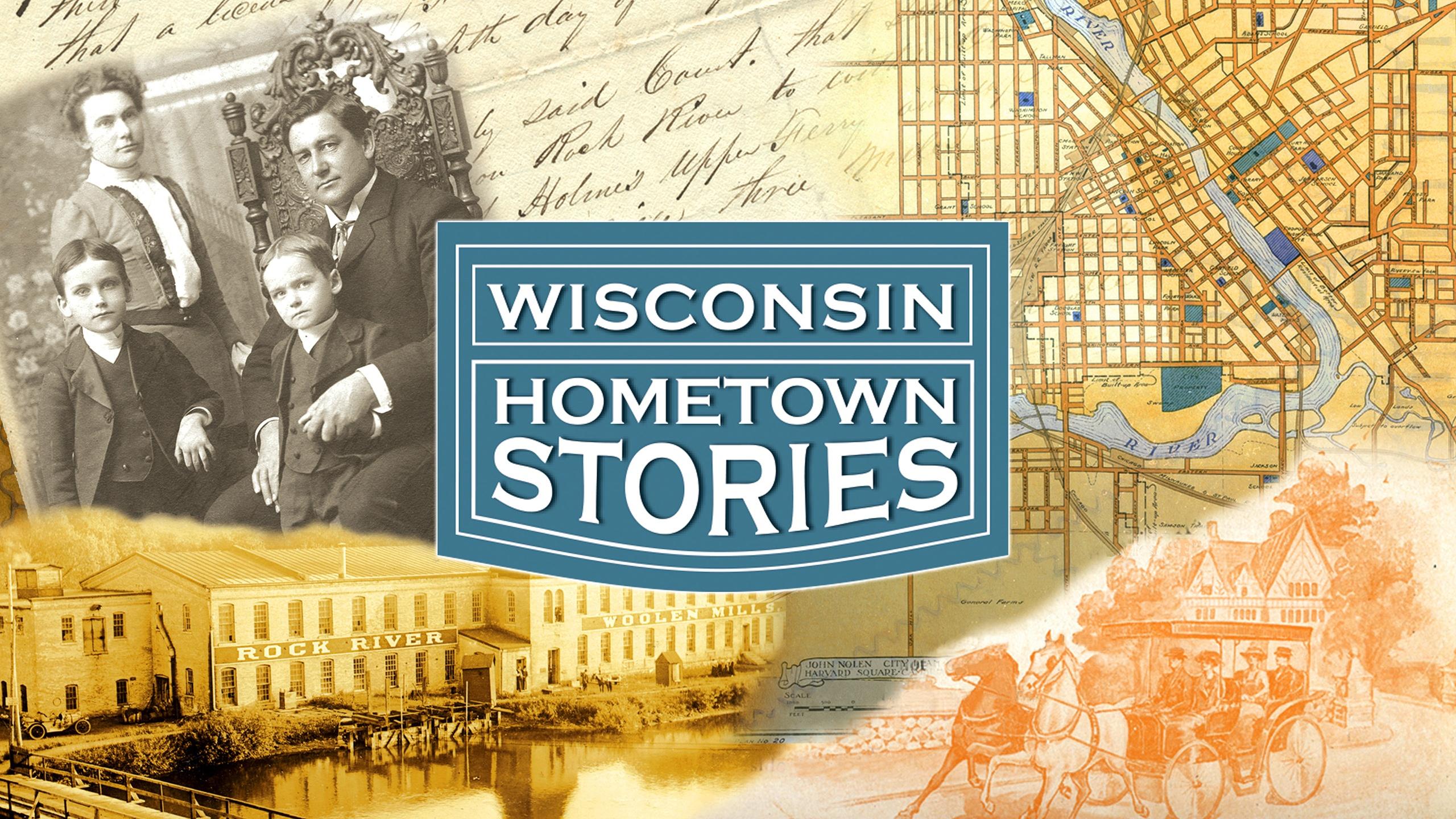


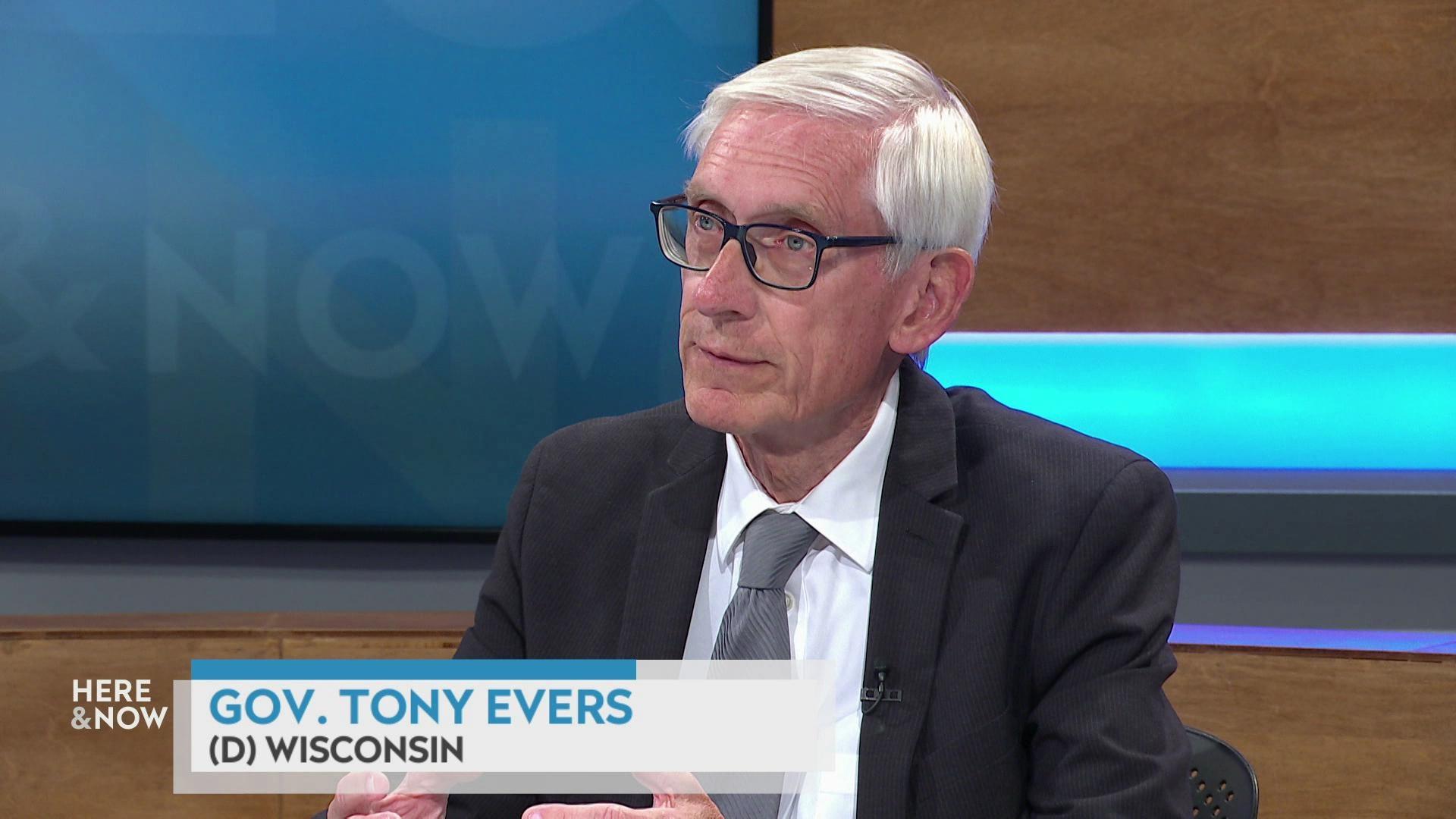
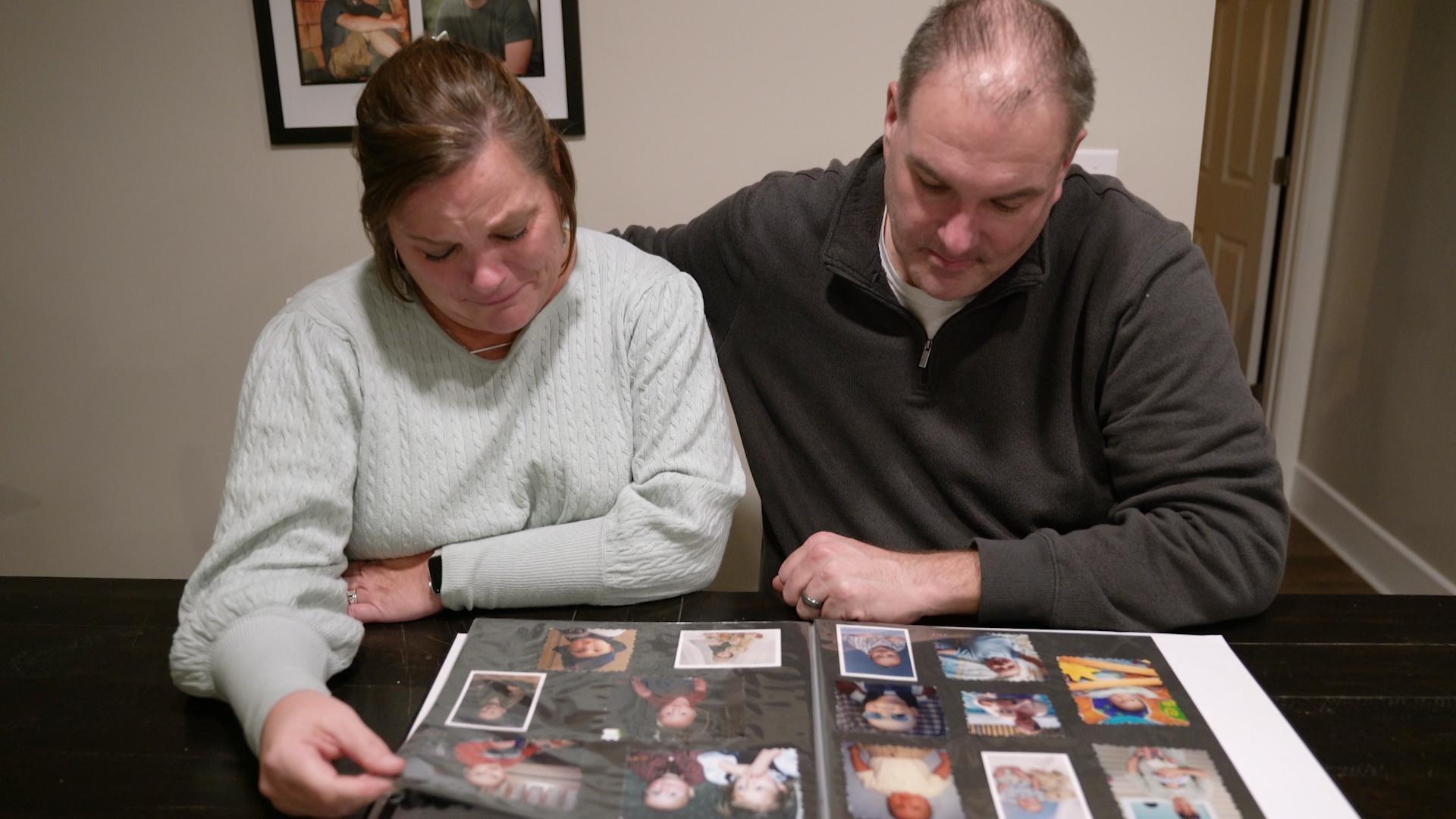
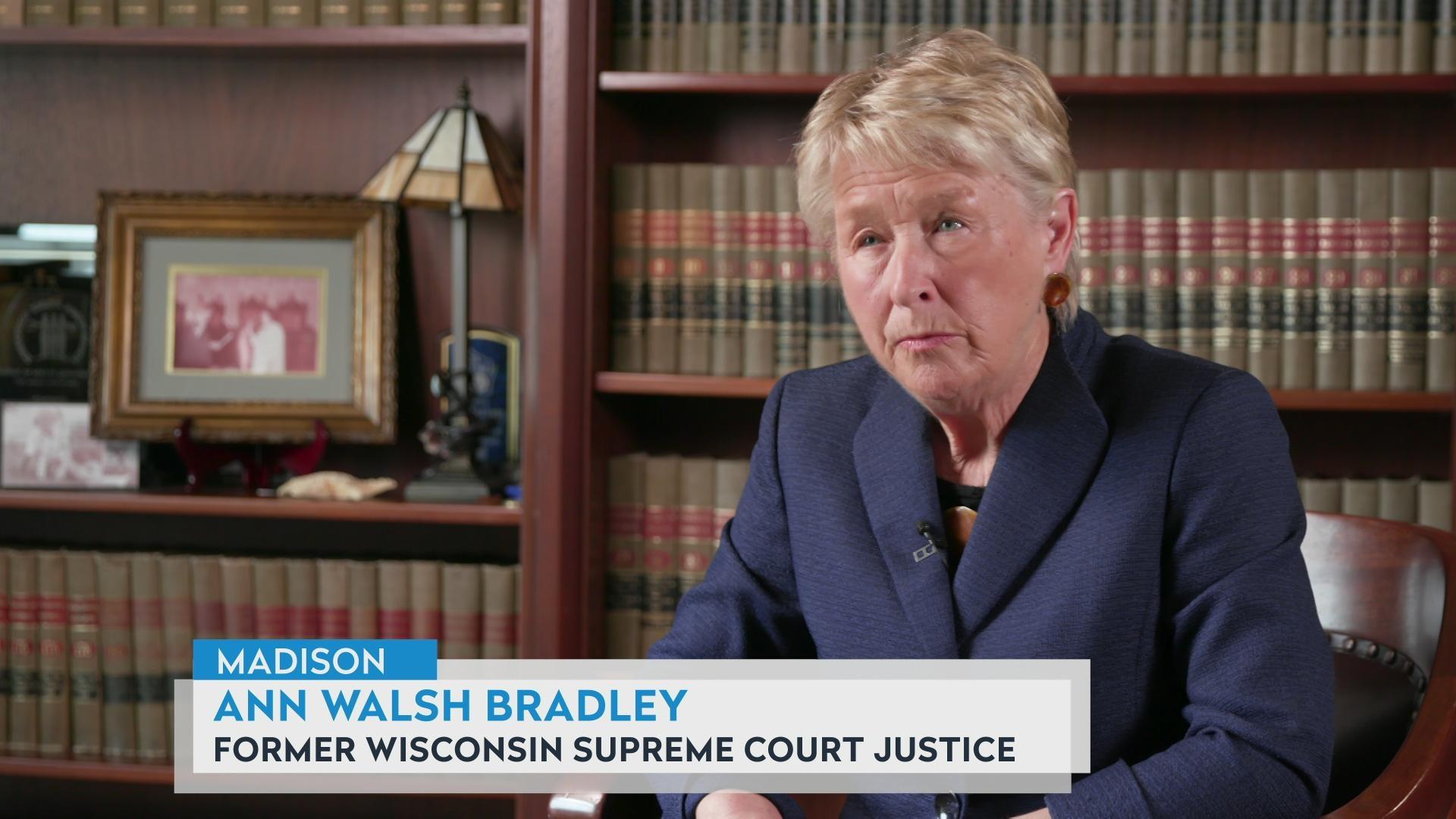
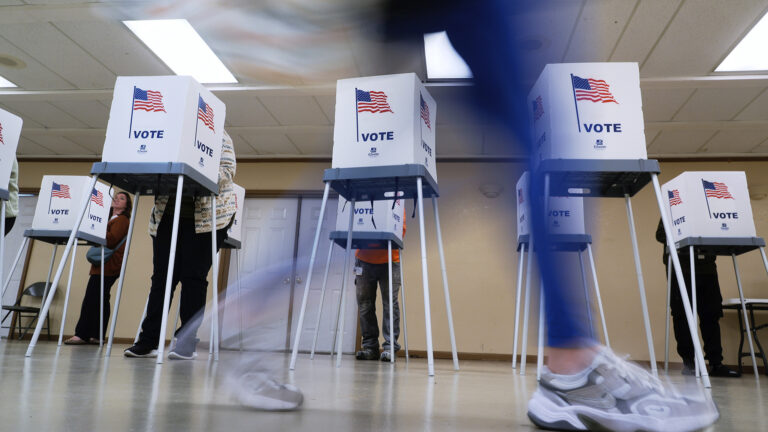

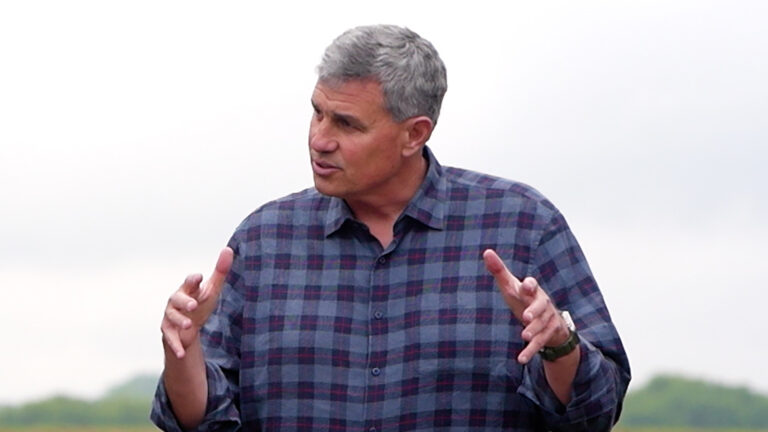
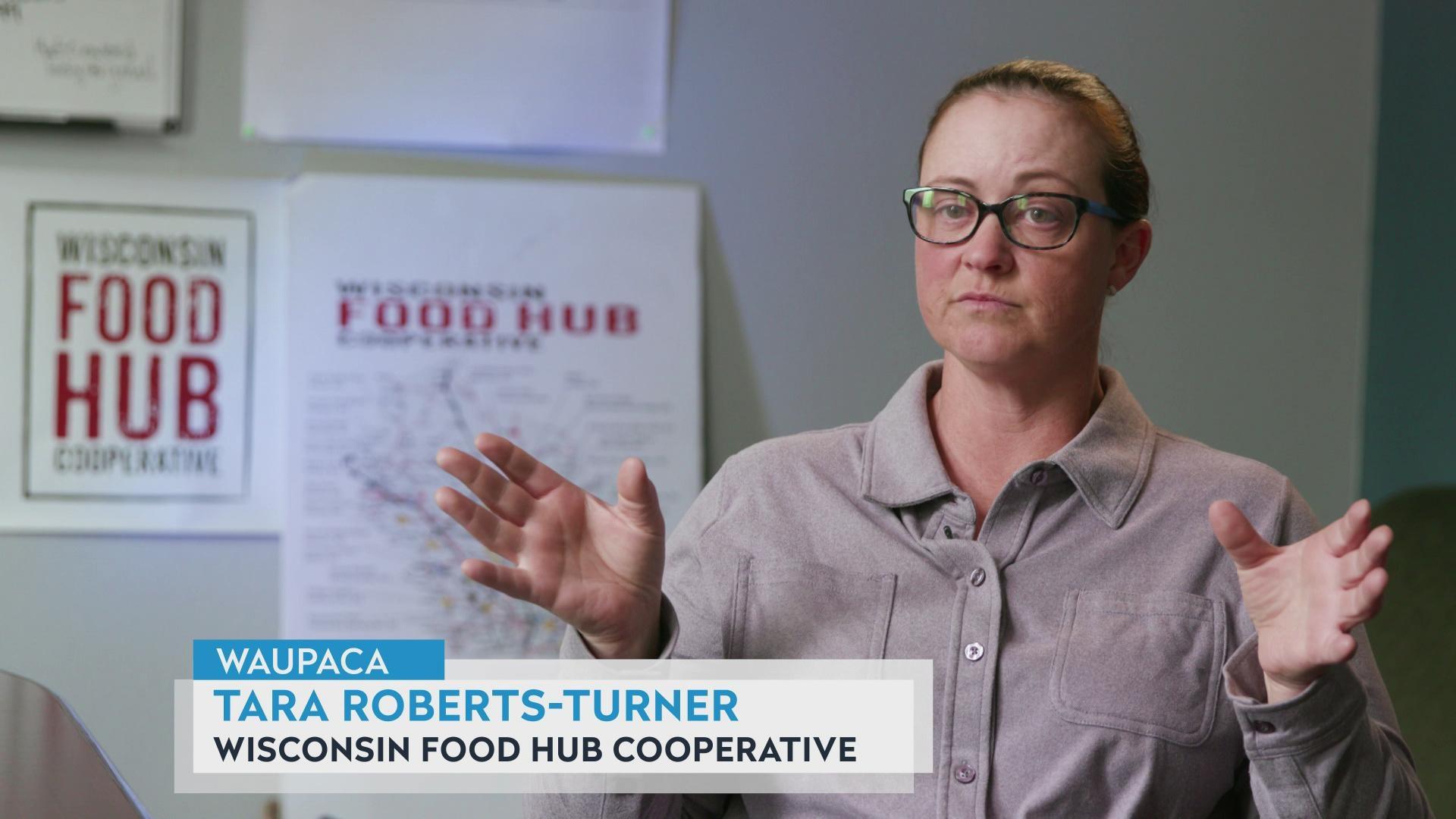
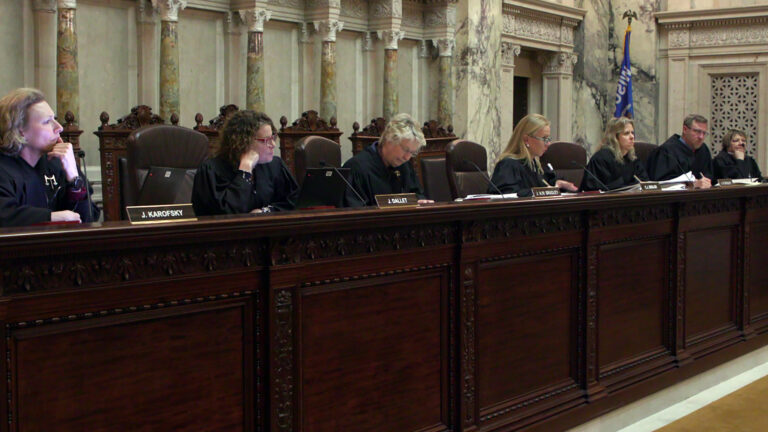
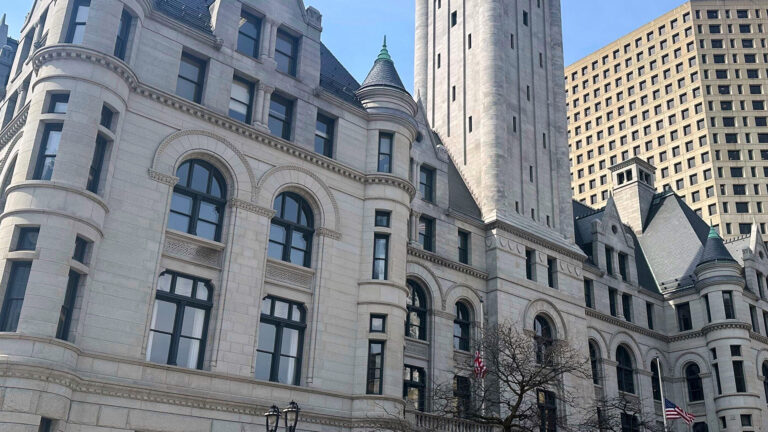
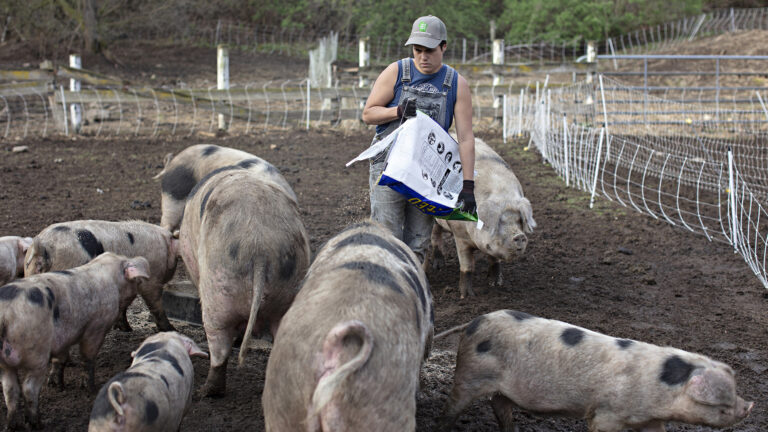
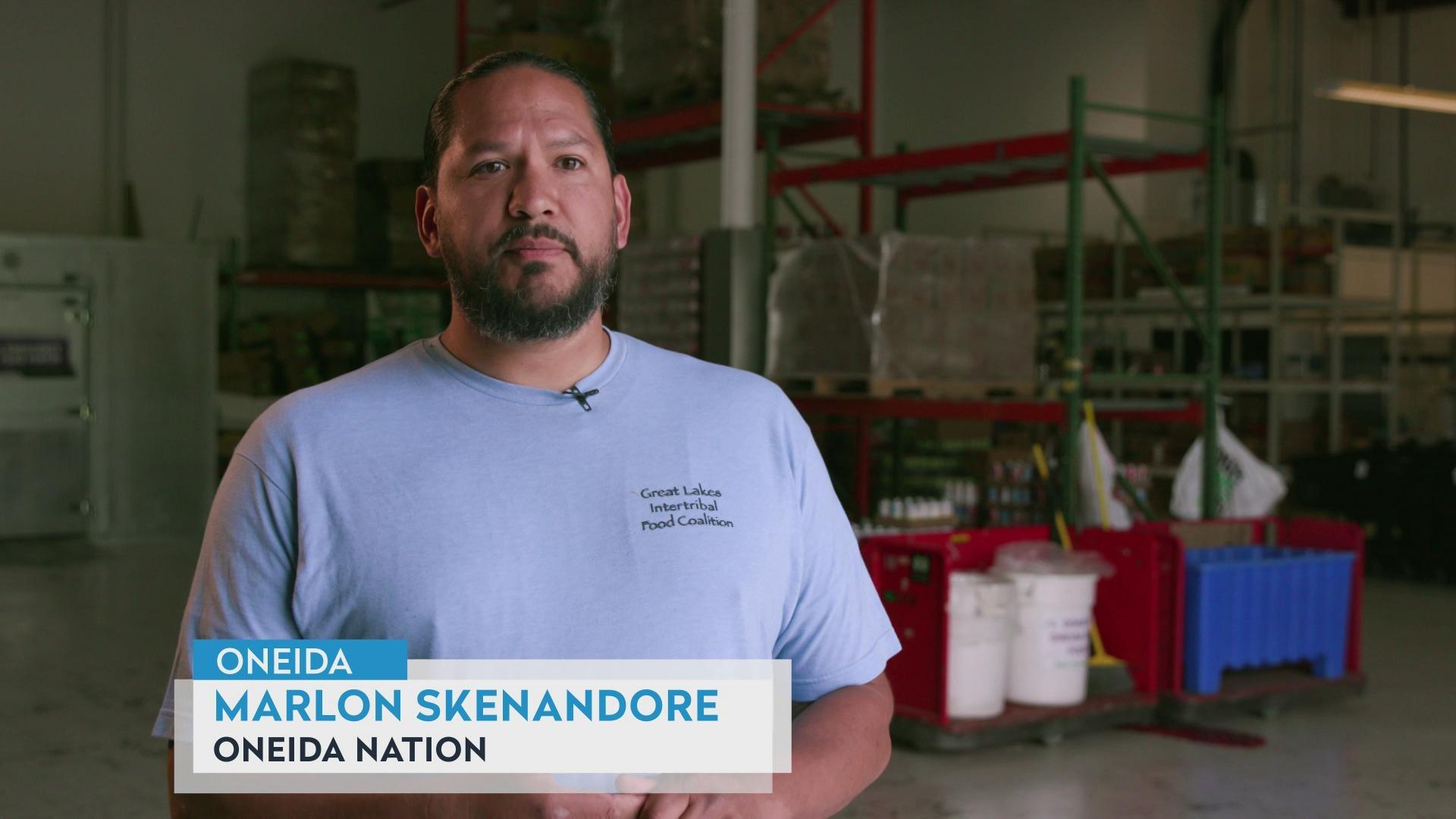
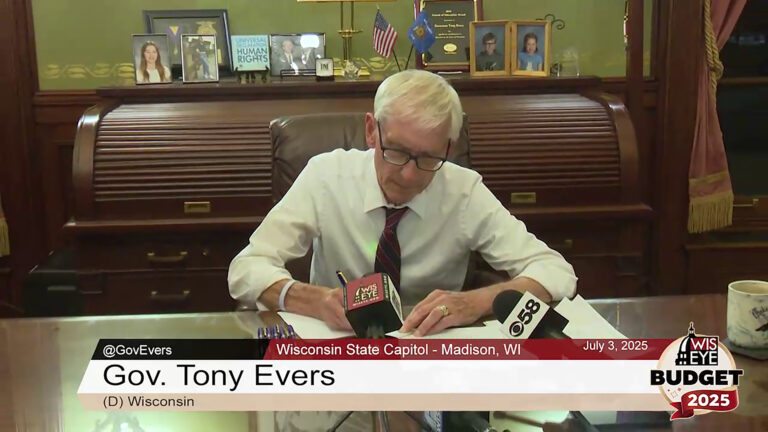

Follow Us